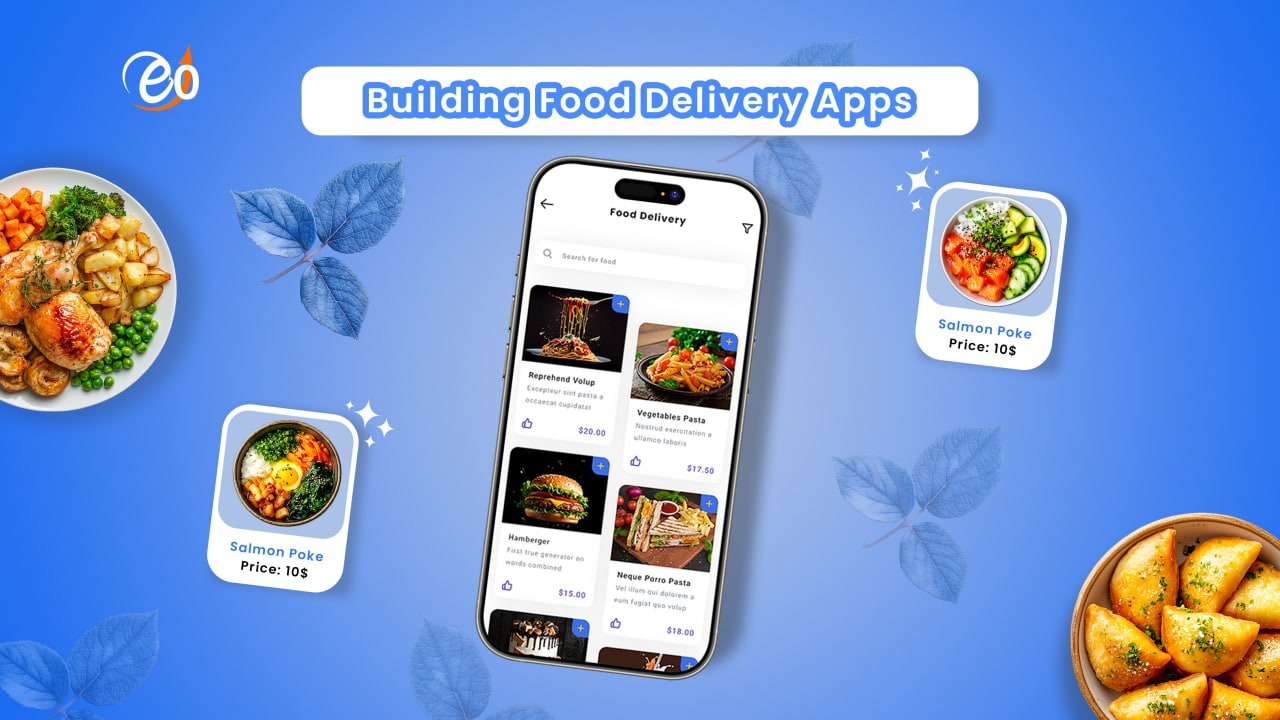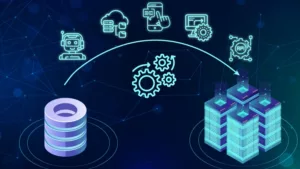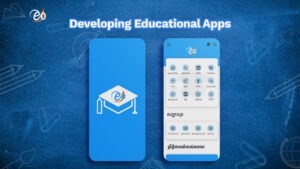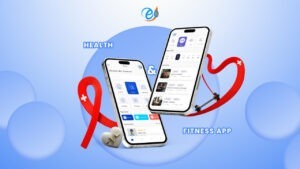In the age of convenience, food delivery apps have transformed the way people order and enjoy their meals. Whether it’s a small restaurant or a large food chain, having a dedicated food delivery app has become essential for reaching customers and growing business. The rise in smartphone usage and busy lifestyles has increased the demand for quick and easy food ordering solutions, making mobile apps an indispensable tool for the food service industry.
Core Features
A successful food delivery app should include essential features such as user registration, restaurant listings, real-time order tracking, secure payments, order history, and push notifications. User registration ensures that each customer can have a personalized experience, including saved preferences and previous orders. Real-time tracking allows users to monitor their order from preparation to delivery, enhancing transparency and trust. Secure payment gateways are crucial to protect user data and support various payment methods. Push notifications keep users engaged by informing them of order status updates, discounts, and special offers.
User Roles
Typically, a food delivery app consists of three user roles: the Customer App for placing and tracking orders, the Restaurant App for managing menus and receiving orders, and the Delivery App for handling deliveries and updating statuses. Each of these apps should be designed with user-specific needs in mind. The Customer App should be intuitive and visually appealing, allowing for quick navigation and order placement. The Restaurant App should support real-time updates to menus, track incoming orders, and generate reports. The Delivery App needs GPS integration and status update features to ensure timely deliveries and accurate tracking.
UI/UX Design
A smooth and intuitive UI/UX design is vital to attract and retain users. The interface should be clean, responsive, and easy to navigate on all devices, ensuring that users can order food without confusion or delays. Visual hierarchy, consistent branding, and user-friendly workflows play a major role in creating a positive experience. Features like one-click reordering, search suggestions, and filter options can significantly enhance usability. Accessibility should also be a key consideration, ensuring the app is inclusive to all users.
Technology Stack
The technology stack is the backbone of the app. Common tools include Flutter or React Native for the frontend, Node.js or Django for the backend, MySQL or Firebase for the database, and third-party APIs like Google Maps and Stripe for added functionality. Choosing a cross-platform framework can reduce development time and costs. Backend frameworks should be scalable and secure, capable of handling high volumes of orders and user data. Real-time database updates, cloud hosting, and CDN usage are essential for performance and reliability.
Monetization Strategies
Monetization can be achieved through various strategies such as delivery fees, restaurant commissions, premium placements, and in-app ads. Delivery fees can be fixed or dynamic based on distance and time. Commission models work well with restaurant partners, sharing a percentage of each order. Premium listings allow restaurants to appear at the top of search results in exchange for a fee. In-app advertising, when implemented subtly, can generate additional revenue without disrupting user experience.
Challenges to Consider
However, developers must also tackle challenges like real-time tracking, maintaining food quality, handling peak demand, and ensuring data privacy. Real-time GPS tracking requires constant location updates and reliable mapping services. Maintaining food quality involves optimizing delivery routes and packing solutions. During peak hours, systems must be able to handle increased traffic and order volume. Cybersecurity measures must be in place to protect sensitive user data and comply with data protection regulations such as GDPR.
Conclusion
Building a food delivery app is a smart investment in today’s fast-paced world. With the right features, design, and technology, it can provide excellent customer service, increase sales, and strengthen brand loyalty. By focusing on usability, scalability, and innovation, businesses can meet the growing expectations of modern consumers and stay competitive in the evolving food delivery landscape.






